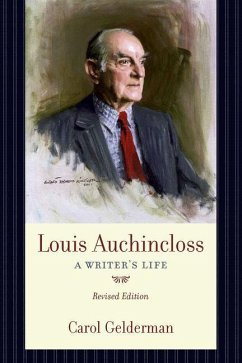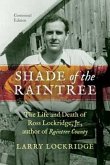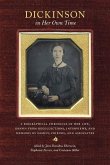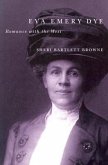"Of all our novelists", Gore Vidal has observed, Louis Auchincloss "is the only one who tells us how our rulers behave in their banks and their boardrooms, their law offices and their clubs". One reason, of course, is that few other American novelists have been able, as Auchincloss has, to observe America's privileged class from the inside. Indeed, he has led a fascinating double life. On the one hand, he is a Wall Street lawyer and a public symbol of New York's old-money aristocracy. On the other, he has devoted a long literary career to an unsparing scrutiny of that world, a scrutiny he pursued undeterred even when he knew his portrayals were startling or outraging his peers. Raised by a sternly traditional father and an unusually sensitive, bookish mother, young Louis Auchincloss absorbed all the precepts of his class at boarding school and at Yale. For years he was torn between his urge to write and his sense that he was destined - and expected - to follow his father's path to Wall Street. His greatest struggle, and perhaps his greatest accomplishment, was to reconcile those two impulses, becoming a prominent attorney as well as a prolific author. His dozens of critically acclaimed books include the best-selling novels Portrait in Brownstone, The House of Five Talents, and The Rector of Justin, as well as works on French history and New York's Gilded Age. Carol Gelderman writes perceptively of Louis Auchincloss's fiction, a body of work that establishes him as our greatest novelist of manners since Edith Wharton. This is much more, however, than a literary study. It takes us into the corridors of some of America's most powerful, yet least publicized institutions, from the GrotonSchool to Sullivan and Cromwell. And it shows how, against considerable odds, one writer carved a niche where a memorable literary talent could flourish.
Hinweis: Dieser Artikel kann nur an eine deutsche Lieferadresse ausgeliefert werden.
Hinweis: Dieser Artikel kann nur an eine deutsche Lieferadresse ausgeliefert werden.








